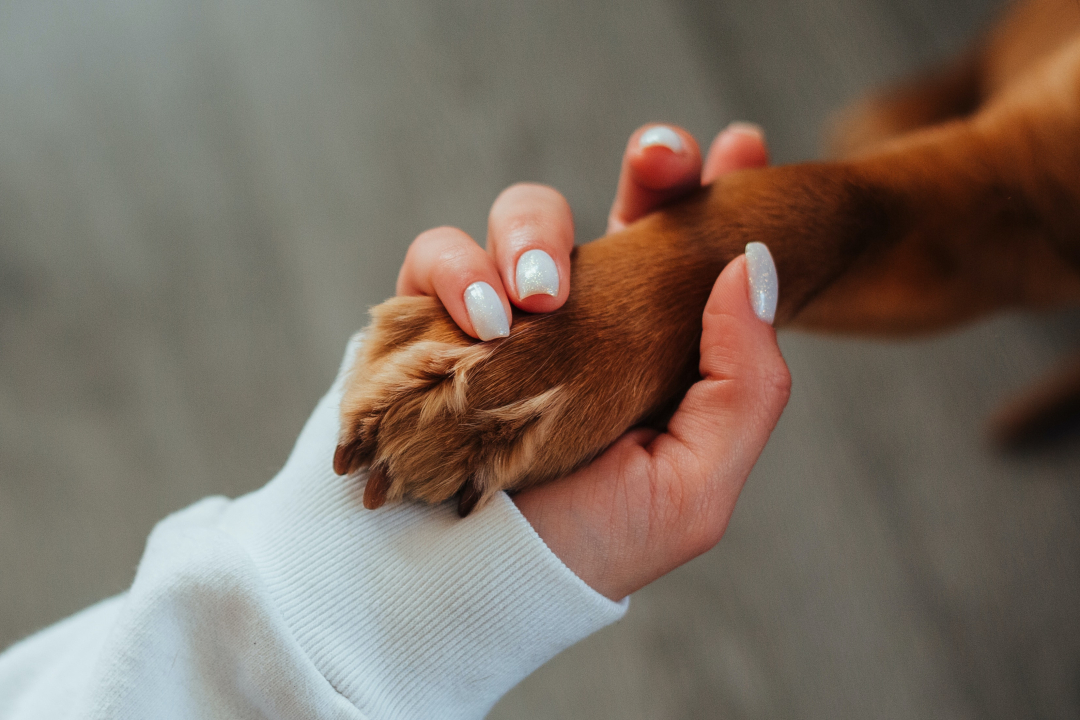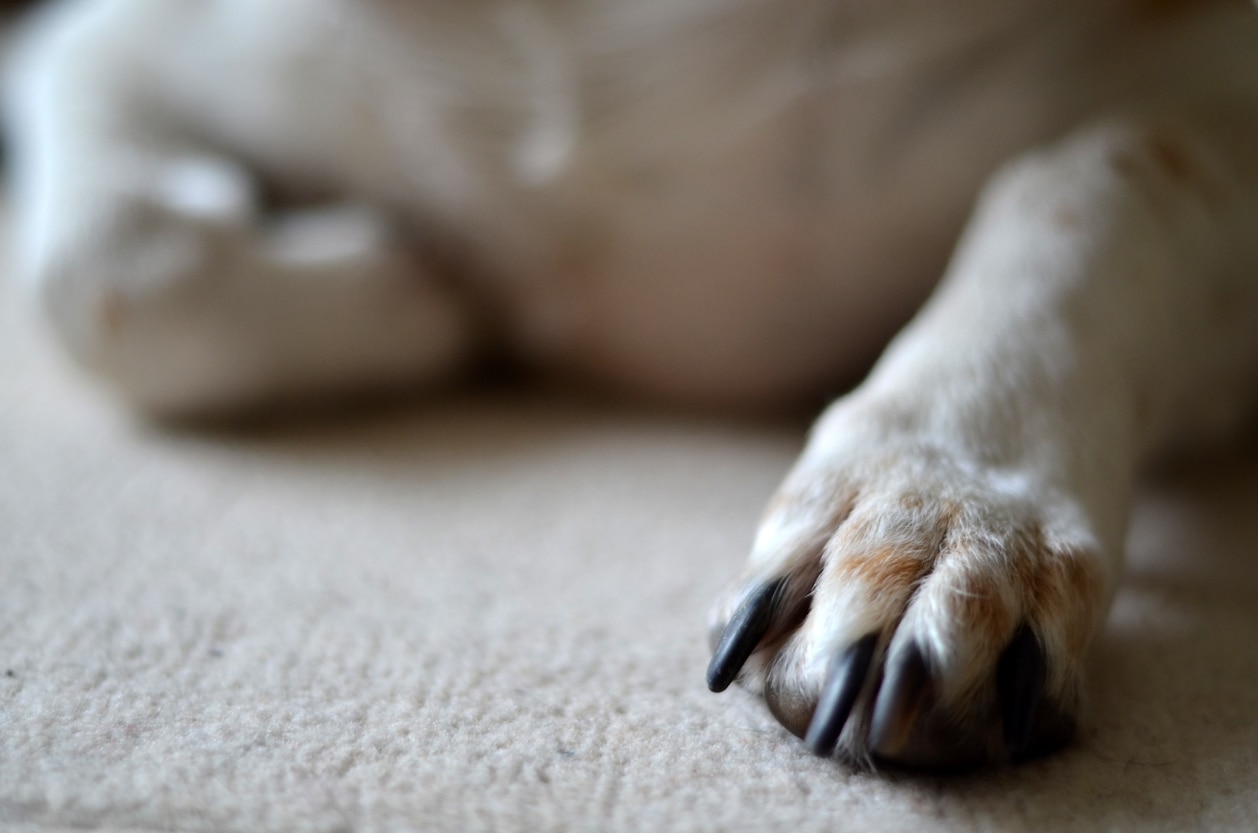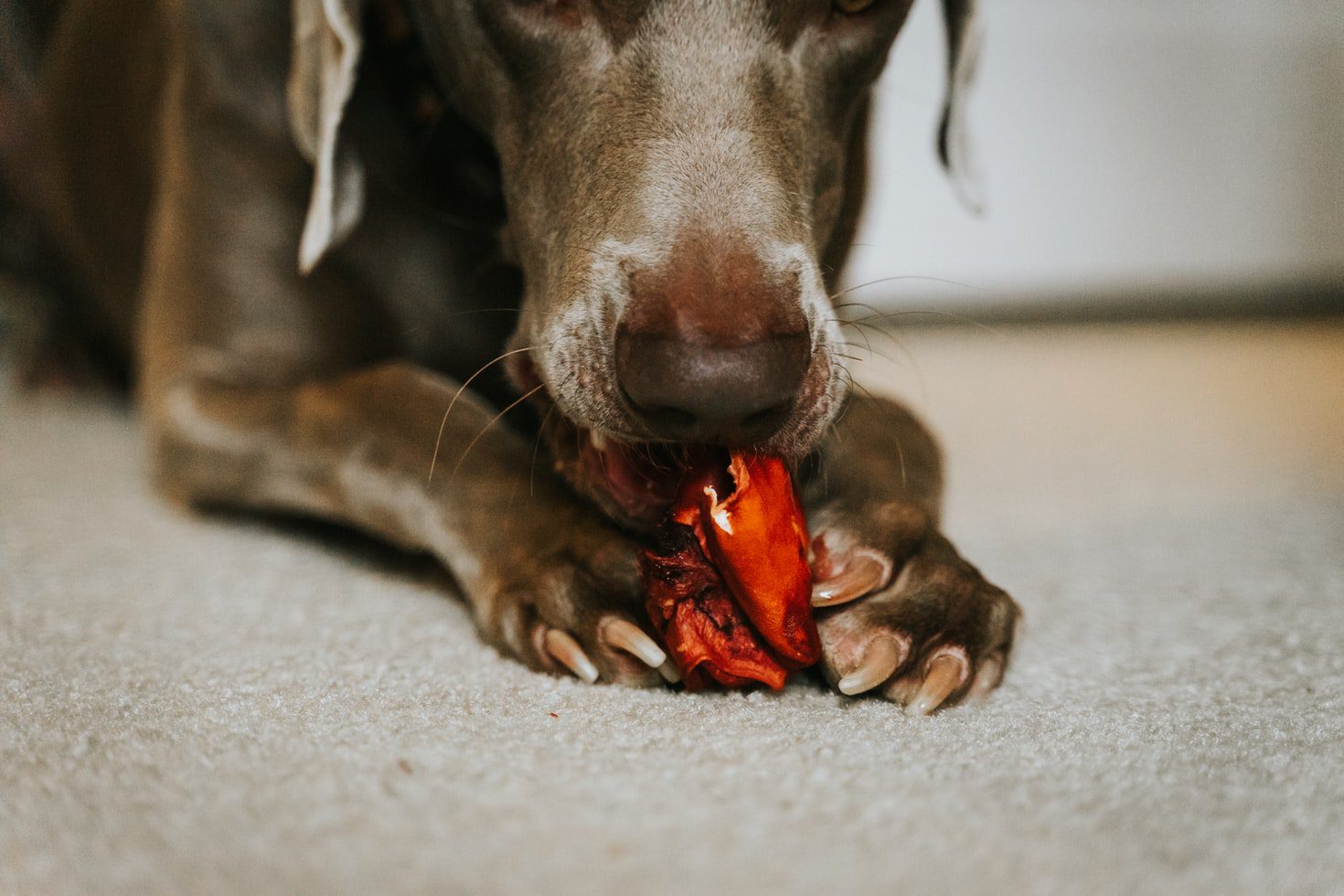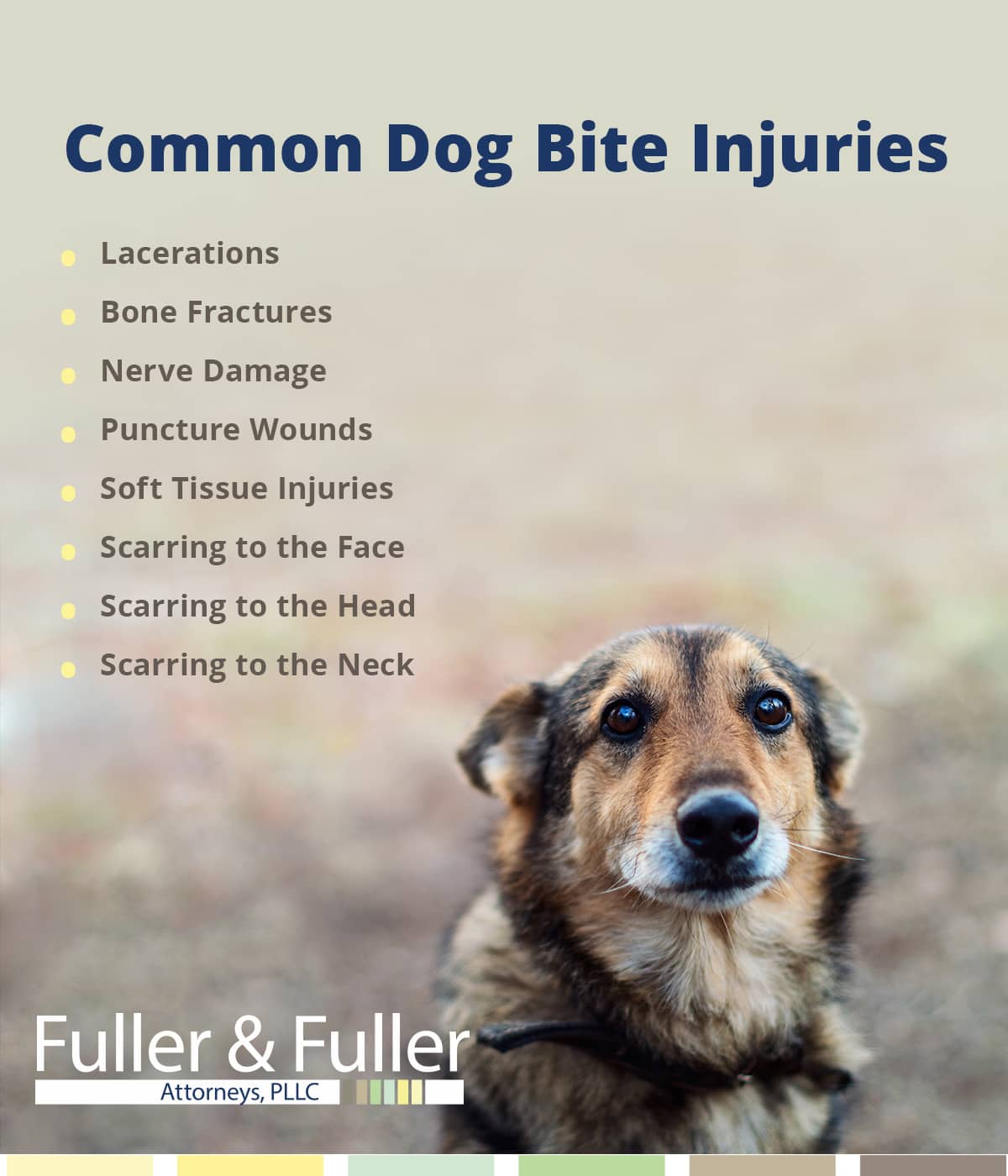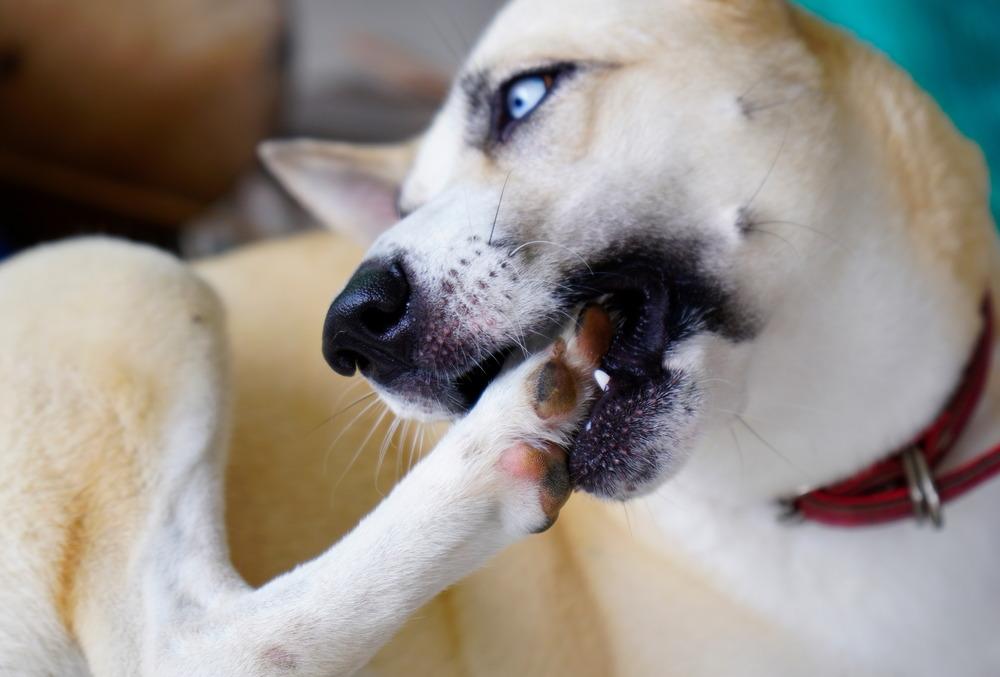What Does It Mean When A Dog Bites Their Paws
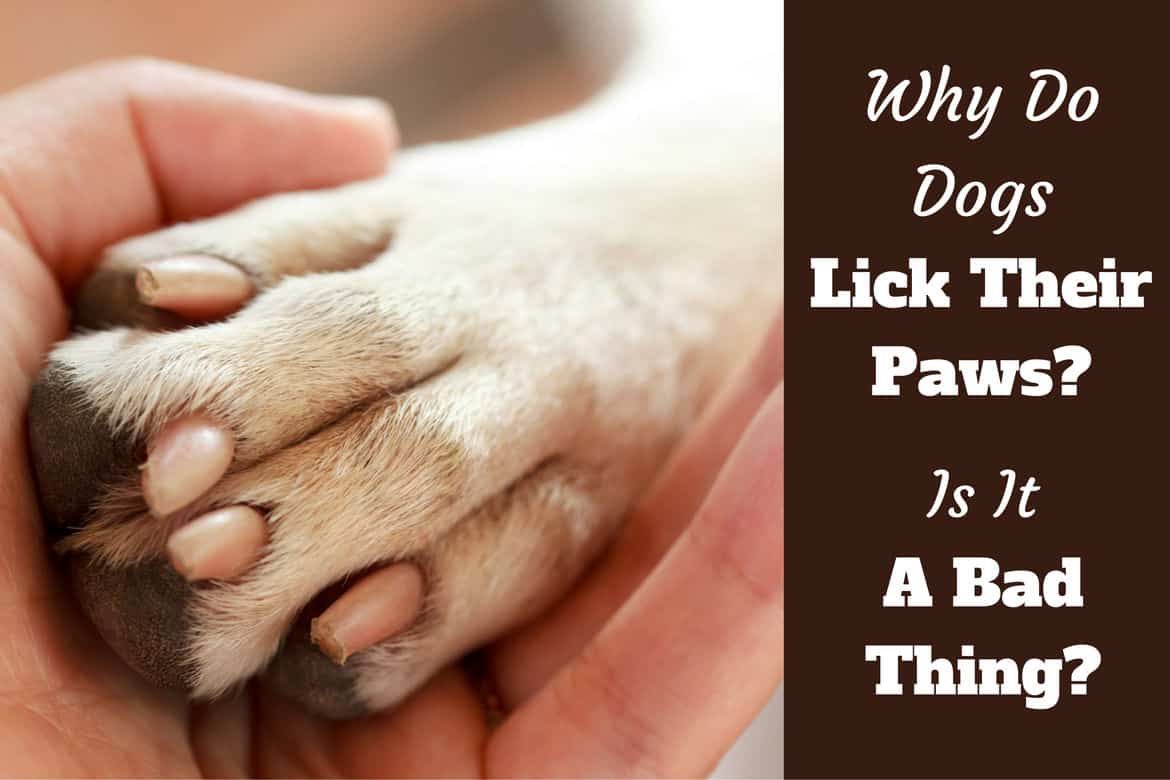
Urgent reports are flooding in: dogs across the nation are exhibiting a worrying increase in paw-biting. This behavior, often dismissed as minor grooming, can signal a range of underlying medical or psychological issues requiring immediate attention.
Paw-biting in dogs, while seemingly innocuous, is a crucial indicator of potential distress. Identifying the root cause—whether it's allergies, parasites, pain, or anxiety—is paramount to ensuring the animal's well-being and preventing further complications.
Understanding the Phenomenon
Veterinarians report a surge in cases related to canine paw-biting in recent months, particularly during seasonal changes. This increase necessitates a closer look at the multifaceted factors contributing to this behavior.
The "what" is consistent: dogs are obsessively licking, chewing, or biting their paws, often leading to redness, swelling, and even open sores. The "where" spans geographically, affecting various breeds and ages of dogs, but data suggests urban environments may present higher risk due to increased allergens and pollutants.
The "when" often correlates with specific triggers, such as post-walk irritation or periods of prolonged isolation. Pinpointing these triggers is vital for diagnosis.
Common Causes and Symptoms
Allergies are a leading culprit. Dr. Emily Carter, a veterinary dermatologist at the Animal Allergy Clinic, explains, "Environmental allergens, like pollen and dust mites, as well as food allergies, can manifest as intense itching in the paws."
Symptoms often include red, inflamed skin between the toes, excessive licking, and secondary infections. “It’s critical to rule out allergies early,” Dr. Carter emphasized.
Parasites, such as fleas and mites, can also induce significant paw-biting. Even a single flea bite can trigger a cascade of irritation in sensitive dogs.
Visible signs may include flea dirt (small black specks) in the fur, intense scratching, and hair loss around the paws. Regular preventative treatments are crucial, according to the American Veterinary Medical Association (AVMA).
Pain stemming from injuries, foreign objects (thorns, glass), or underlying arthritis can lead to localized paw-biting. Dogs will often target the specific area of discomfort.
Limping, reluctance to put weight on the affected paw, and vocalization when touched are common indicators of pain. Veterinary intervention, including imaging and pain management, is often necessary.
Anxiety and Behavioral Issues are frequently overlooked. Dogs experiencing stress or boredom may engage in paw-biting as a self-soothing mechanism.
Changes in routine, separation anxiety, and lack of mental stimulation can all contribute. Consulting with a veterinary behaviorist is recommended in such cases.
Diagnosis and Treatment
A comprehensive veterinary examination is essential for accurate diagnosis. This typically involves a physical assessment, skin scrapings, allergy testing, and possibly blood work.
Treatment varies depending on the underlying cause. Allergy management may involve antihistamines, corticosteroids, or immunotherapy. Parasite control relies on appropriate medications. Pain management may include pain relievers, anti-inflammatories, and physical therapy.
Behavioral modifications, such as increased exercise, enrichment activities, and positive reinforcement training, are crucial for addressing anxiety-related paw-biting. A veterinary behaviorist can create a tailored plan.
The Growing Concern
Data from the Veterinary Emergency Group (VEG) shows a 30% increase in paw-biting related cases compared to the same period last year. This spike is raising concerns among veterinary professionals.
"We're seeing more severe cases, often complicated by secondary infections," says Dr. Mark Thompson, a senior emergency veterinarian at VEG. "Early intervention is key to preventing long-term complications."
The *'who'* is broad – impacting dog owners and veterinary professionals alike, highlighting the need for collective awareness and proactive intervention. The *'how'* of managing the situation lies in prompt veterinary care, diligent preventative measures, and a keen understanding of canine behavior.
Prevention is Paramount
Regular grooming, including paw checks, is essential for early detection of potential problems. Maintaining a clean and allergen-free environment can also minimize exposure to irritants.
Consistent parasite prevention and a balanced diet are crucial components of overall health. Providing adequate mental and physical stimulation can help alleviate anxiety and boredom.
Consult your veterinarian immediately if you notice your dog excessively biting or licking their paws. Early diagnosis and treatment can significantly improve outcomes and prevent further suffering.
Next Steps
Veterinary organizations are launching public awareness campaigns to educate dog owners about the importance of paw health. Research is ongoing to better understand the complex interplay of factors contributing to canine paw-biting.
Owners are encouraged to meticulously document their dog’s behavior, noting potential triggers and associated symptoms. This information will be invaluable to your veterinarian in determining the underlying cause and developing an effective treatment plan.
The surge in paw-biting cases demands immediate attention. Prioritizing your dog’s well-being through proactive care and prompt veterinary intervention is crucial in addressing this growing concern.
:max_bytes(150000):strip_icc()/why-is-my-dog-licking-his-paws-3384908-5ca908a8d720458bb431fcc49ec0774a.png)



:max_bytes(150000):strip_icc()/if-your-dog-bites-someone-1118285-FINAL-5c2e179046e0fb0001838dd1.png)

